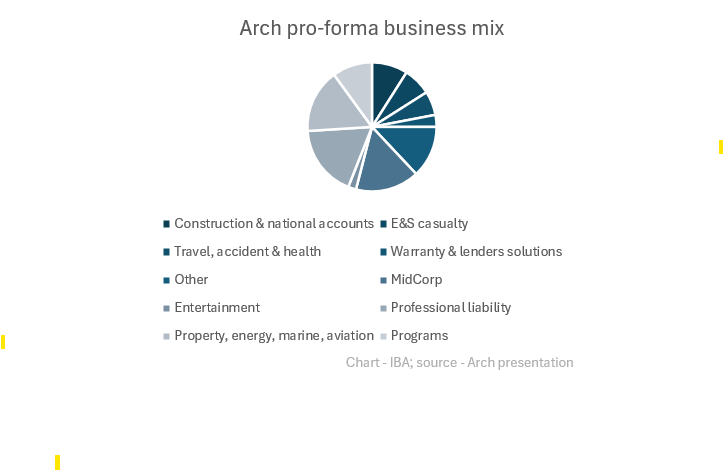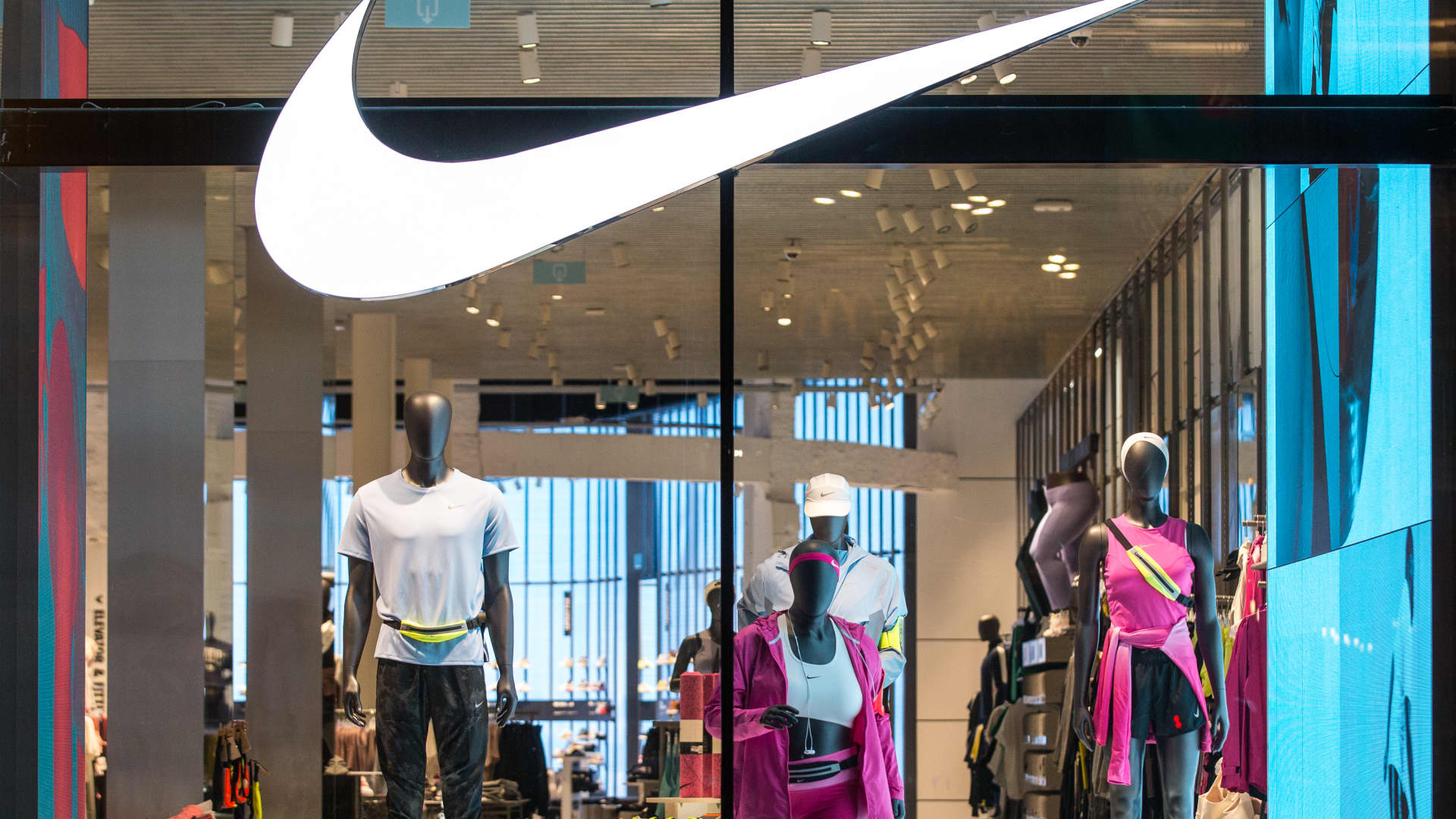In 1863, John (Old Smoke) Morrissey held the first race meeting in Saratoga Springs, seeing promise in an upstate town with natural springs and access to the rich and foolhardy from New York to Boston. Morrissey’s resume suggested his vision: Old Smoke was a boxing champion, gangster, casino owner, gambler and future United States Congressman.
Since then, equestrians from around the world have made Saratoga a summer vacation, knowing that their souls, their livers and their bank accounts would surely take a beating because of what happened at the track.
Saratoga’s past has always been linked to its future. The Battle of Saratoga was crucial to the American Revolution. This is where the potato chip was born. And a horse named Upset handed the immortal Man of War his only defeat in 22 races, earning the country’s oldest racetrack its nickname: “Graveyard of Champions.”
When ten horses compete in the 156th running of the Belmont Stakes on Saturday, history and hope will be linked again. America’s most storied racetrack is hosting the third leg of the Triple Crown at a time when advances in safety and increased capital investment appear to be improving the prospects of a struggling old sport.
The move was necessitated by a $455 million remodel and modernization of Belmont Park, a grand old racetrack on Long Island that is scheduled to reopen in 2026. But it also offers the opportunity to end the exciting and accident-free Triple Crown series on a graceful note.
This time last year it was hard to imagine. After a doping scandal that sent more than 30 people to prison, as well as the failed drug test and disqualification of a former Kentucky Derby winner, a dozen horses suffered fatal injuries in the days surrounding the Derby. Two weeks later, on the Preakness Stakes undercard, another colt was euthanized at the racetrack, further eroding public confidence in the safety and integrity of horse racing.
“This is a big stage and a chance to demonstrate the power of major racing events,” said David O’Rourke, executive director of the New York Racing Association. “This may be our polished jewel, but it is also an opportunity to show how horse racing is evolving.”
To celebrate this year’s 150th running of the Kentucky Derby, Churchill Downs unveiled a $200 million paddock that was much more than just a saddle ring. Luxurious suites, reserved seating and bars, even a speakeasy are part of the design, making a day at the races a must-see hospitality event for high rollers. It helped attract the race’s largest television audience since 1989: The average viewership for the NBC broadcast was 16.7 million, up 13 percent from the 14.8 million the previous year.
Last month, Maryland Gov. Wes Moore signed a bill passed by the state’s General Assembly that would allocate $400 million in state bonds to rebuild Pimlico Race Course, home of the Preakness. A $93 million paddock redesign is underway at Keeneland, another one of America’s premier racetracks in Kentucky, to expand dining and spectator options.
“Our sport is taking the steps that major sports take to prove they deserve a place on the world stage,” said Shannon Arvin, chief executive of Keeneland, which is based in Lexington and is also an auction company.
Decades ago, Red Smith remembered Saratoga as a horseplayer’s brigadoon with a spontaneous answer to a simple question: How do you get there?
“You drive north about 175 miles, turn left on Union Avenue and go back 100 years,” wrote the Pulitzer Prize-winning sports columnist.
Pastel-clad Victorian homes with wraparound porches evoke the timelessness of Saratoga—or the spa, as it’s commonly known. Racehorses tramp down Union Avenue every morning on their way to the track, where morning fog rises and envelops them as they circle as if gliding on clouds.
In recent years, however, Saratoga Race Course has undergone a subtle but thoroughly modern makeover. While picnic tables still anchor the backyard for cooler two-dollar weather and day-trippers, the racing association has spent $113 million since 2016 to create diverse experience options in hopes of becoming a destination for a wider variety of sports fans .
The 1863 Club ($32.9 million), for example, offers fine dining and a club atmosphere for horse owners or those who pretend to be. The Post Bar and Paddock Suite ($3.6 million) host corporate events. The Finish Line Bar and Grill ($1.7 million) attracts the shots-and-beer crowd.
Along with the renovations, the racing association took advantage of what O’Rourke calls its “intellectual property” and launched its own online betting site, NYRA Bets, in 2016. At the same time, it partnered with Fox Sports on “Saratoga Live,” resulting in 80 hours of live coverage. Since then, the station’s horse racing coverage has grown each year. In 2023, 934 hours of racing – 225 of them from Saratoga – and the Belmont Stakes were broadcast for the first time.
Both bets pay off.
Since upgrades began at Saratoga, the annual meeting has seen more than a million visitors from July through Labor Day, with the exception of 2020, when it was closed to the public during the pandemic. With an average daily attendance of 27,000 last year, the 40-day meeting was one of the busiest sports venues in New York, surpassing the home games of the Knicks, Rangers and Bills.
Better yet, NYRA Bets’ increased television coverage and expansion into new markets has resulted in increased revenue. In 2016, $306 million was staked on the platform; Last year, that number rose 127 percent to $695 million. And despite 32 fewer days of racing, total stakes at Aqueduct, Belmont and Saratoga rose to more than $2.2 billion last year.
The circuit has not been immune to the problems facing the industry as a whole. Last summer, 13 horses suffered fatal injuries at Saratoga – two of them at the finish of nationally televised races. For weeks, state veterinarians have been working with colleagues from the Horseracing Integrity and Safety Authority, the federal regulator, to examine horses and medical records. The aim is to ensure that only capable participants get to the starting ramp.
“HISA has a year under its belt,” O’Rourke said, referring to the regulator. “We have more bodies up here. Everyone is focused.”
For Chad Brown, the trainer of 9-5 morning line favorite Sierra Leone, this edition of the Belmont Stakes represents an opportunity for him and the sport as a whole. Brown has been named champion trainer four times but is seeking his first victory in the Belmont Stakes.
“It could be really huge for us,” Brown said of a possible Sierra Leone victory.
But he also knows that there is more to it. Brown grew up in nearby Mechanicville, NY and lives in Saratoga as often as he can. Most mornings he is outside in the fog and knows the charms of the spa. He strives to captivate new audiences about his city and his sport.
“I got into horse racing because I went to Saratoga Race Course with my family,” Brown said. “I think everyone really expects this to be a really historic and exciting weekend.”
Source link
2024-06-10 14:44:18
www.nytimes.com















